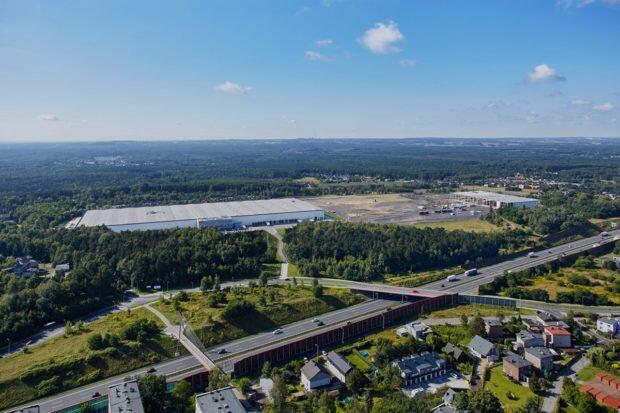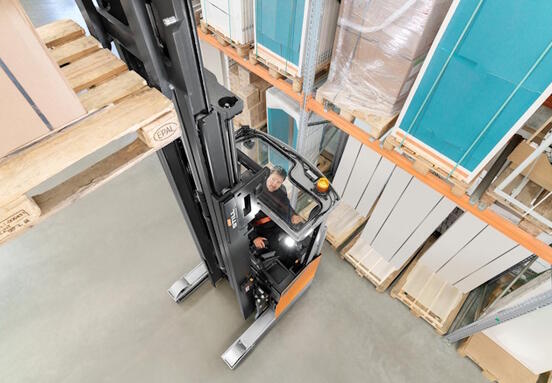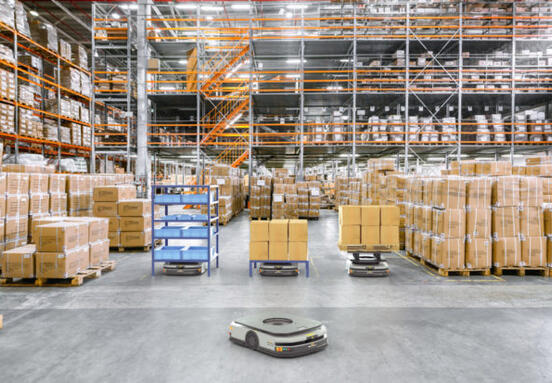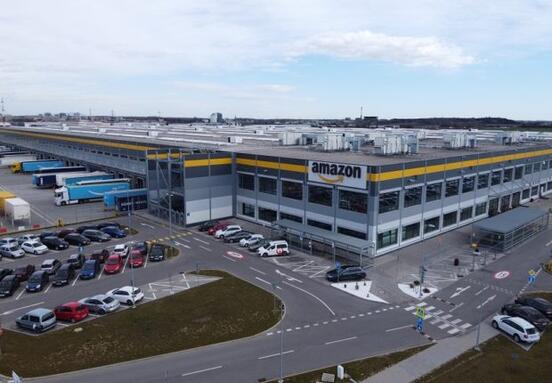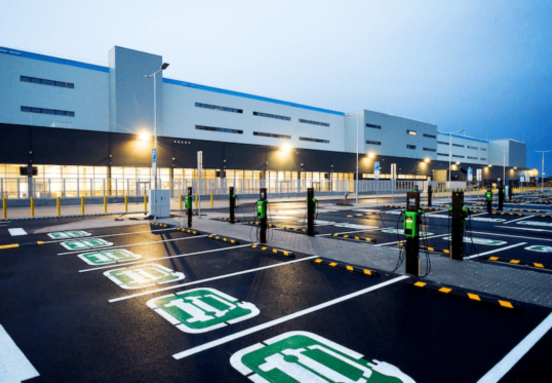"Increased demand for logistics properties may pose new challenges for customers looking to develop their capacity in the coming years, especially in locations close to end consumers," explains Eva vd Pluijm-Kok, Research and Strategy Manager at Prologis Europe. "The pandemic has accelerated structural trends, but the new supply has been limited, leading to a higher probability of a lack of space. Automation can bridge this gap by improving productivity, expanding capabilities and making new locations available to logistics real estate users.”
In examining the link between real estate and automation in customer business, the report identifies four key findings: the acceleration of structural trends in the supply chain, such as e-commerce, which could lead to a critical shortage of logistics real estate; automation has the potential to increase revenue generated per square foot/meter of logistics space; e-fulfillment capacities must double over the next five years; Automation benefits economic benefits for the logistics real estate segment.
Five movers that will influence the demand for logistics spaces in the near to medium term: e-commerce; stockpiling; economic growth; supply chain modernization and pandemic demand.
Prologis has developed a sensitivity model with two possible scenarios to assess the impact of automation on real estate demand: the baseline case, which includes a slight acceleration in adoption trends, and the large-scale adoption case, which doubles the rate of automation spread.
Automation leads to increased investment in buildings, which motivates customers to sign leases for longer periods. Customers who have automated premises usually consume more energy, and it is the customers with such consumption who sign leases for approximately 50% longer than the average.
Source:// Systémy Logistiky
